

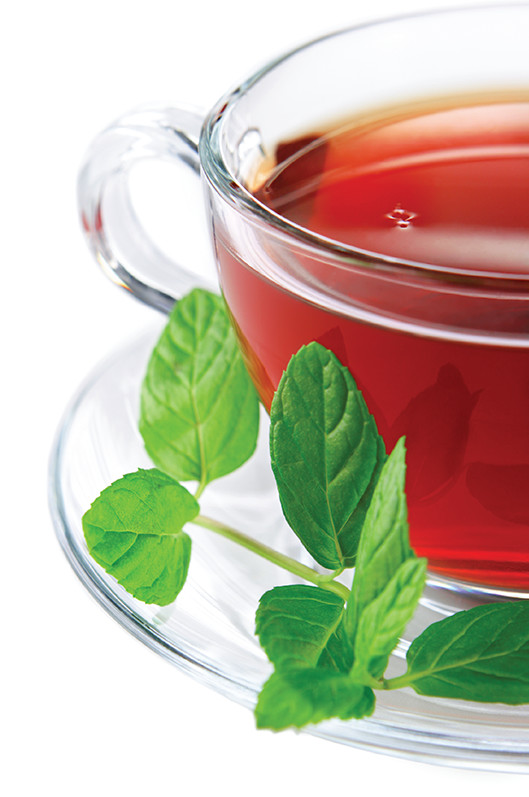
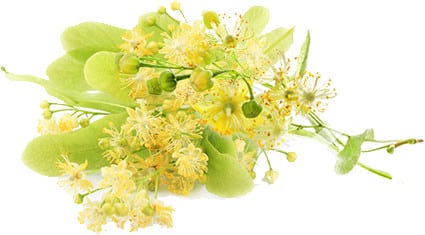
Lime tree (Tilia) - is a leafless tree up to 40m high, belonging to the family of Lorengai (Tiliaceae). Blossoms in July-August. Blossoms at the age of 20 and blooms only for 10-15 days. In the Armenian folk medicine, it’s flowers are also used in pneumonia. Also the tea made of lime flower has a great popularity among the people, as a great remedy. The regular use of tea improves the blood picture of anemic patients.

Cherry Leaves - But few knows that not only the cherry, but also the cherry leaves are useful. Young cherry leaves contain large quantities of vitamins and very useful for blood vessels, reduces the likelihood of the formation of tromboses and the blood pressure.

Tea made from dried flowers of pomegranate is very useful for patients with hypertension. It is very useful for anemia because it contains iron. And iron is needed for hematopoetic organs.

For the treatment, mainly use the fruits, leaves and flowers of the plant. Leaves and flowers can be collected in June and July. Staples are thin, covered with sharp thorns. Raspberry has anti-inflammatory, fever redusing, sweating and digestive properties, strengthens the walls of blood vessels, it is recommended to include in the diet of patients that got infarct or insult.
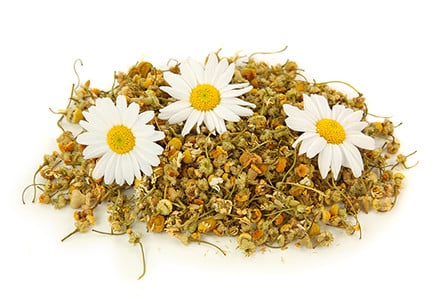
The fruit of the chamomile is crooked, with compressed base, trihedral, gray greenisհ seed. All the plant organs have a strong fragrant smell. The fruits begin to ripen in July. It has many healing properties. The tincture useful during diseases of gastrointestinal tract, liver and biliary tract, emphysema, stomach motility (spasm).
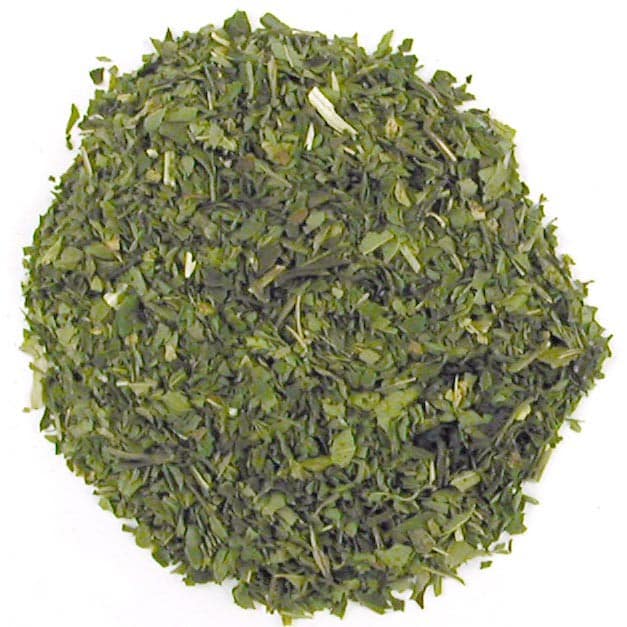
Mint was used in ancient times, believing in its power and even calling it "the grass of durability". The raw material collect during the flowering season, leave for several hours in the sun, then dry completely in a windy place. For treatment purposes are mainly used the herb leaves. This method is a good help to the gastrointestinal tract pains. Mint improves digestion. Reduces the pressure due to potassium content. One cup of tea reduces stress, eliminates depression. Mint leaves remove liver pains, headaches, stimulates heart activity.
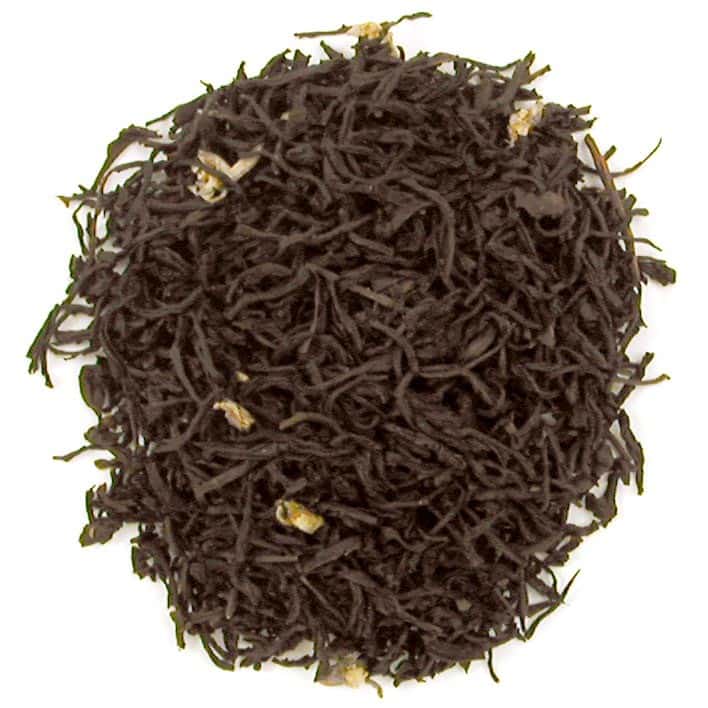
Black Currant is a real stock of useful substances because it is rich in vitamins B, P, E, K and A. This tincture is washing away and removing from the organism unwanted salts, at the same time restoring the unsettled metabolism. The fruits and leaves of the black currant help remove the kidney stones from the body, improve the condition of the liver and the respiratory system of the body.
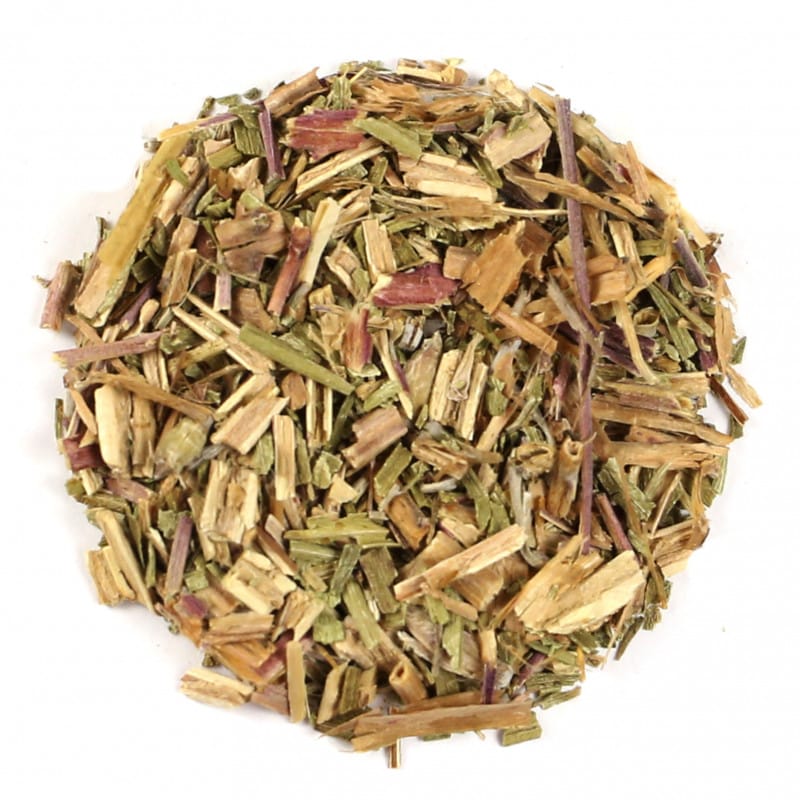
Ivan Tea (Epibolium) is characterized as calming, anti-inflammatory, emollient, diaphoretic, enveloping and with anti-tumor properties. Ivan tea contains phenolic compounds, proteins, carbohydrates, alkaloids, vitamins, including B1, B2, B3, B6, B9 and C.
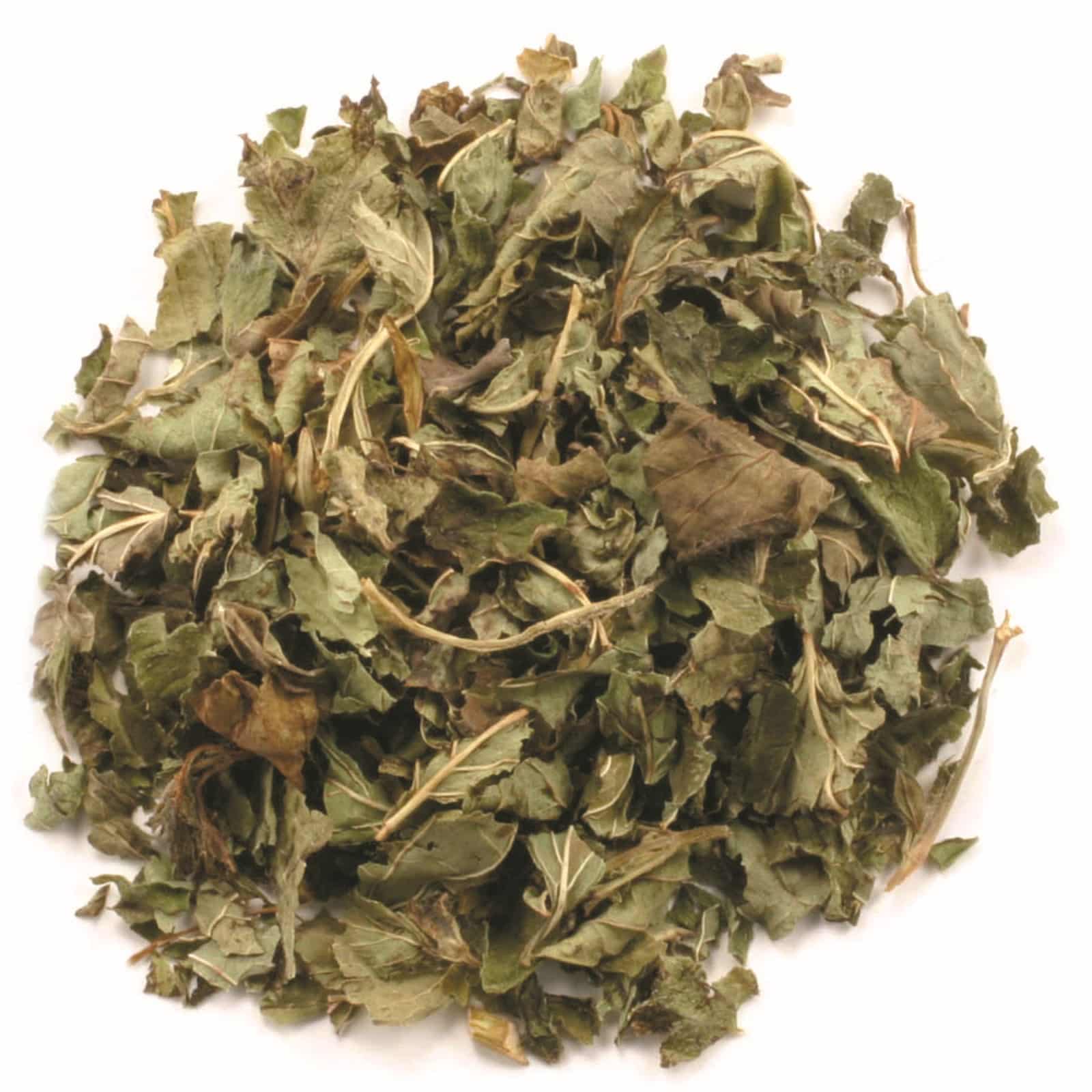
It has been more than 2,000 years since the melissa is being used in many countries in scientific and folk medicine.Younger leaves and stems, which are gathered until flourishing are being used as a seasoning, for tumors, furuncules, digestive disorders, heart failure, during poisoning.

Thyme (Chabrze) is a unique herb, that is used by man from immemorial times. The plant flourishes from May to autumn, and the fruits grow in August-September. It is very valuable for its unique fragrance and strongest therapeutic antibacterial, wound healing, anesthetic, expectorant and a number of other features. It also regulates metabolism. Thyme improves appetite, strengthens production of gastric juice, promotes digestion, calms the abdomen pains. The wettings and bath relieve joints’, muscles’, nervous pains, and also treat skin diseases.
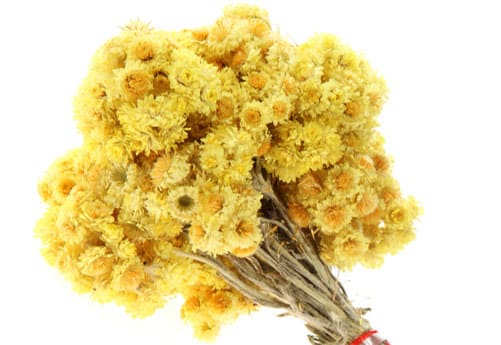
The tincture of herb,s flower gives therapeutic good results in inflammation of the gastrointestinal disorders , and during the diseases of the kidney stone and inflammation of nerves.

He has uplifting, splitted stem. It's being gathered during the all flowering period. Clover's headlike floral boucets and the green mass used for ear and eye diseases.
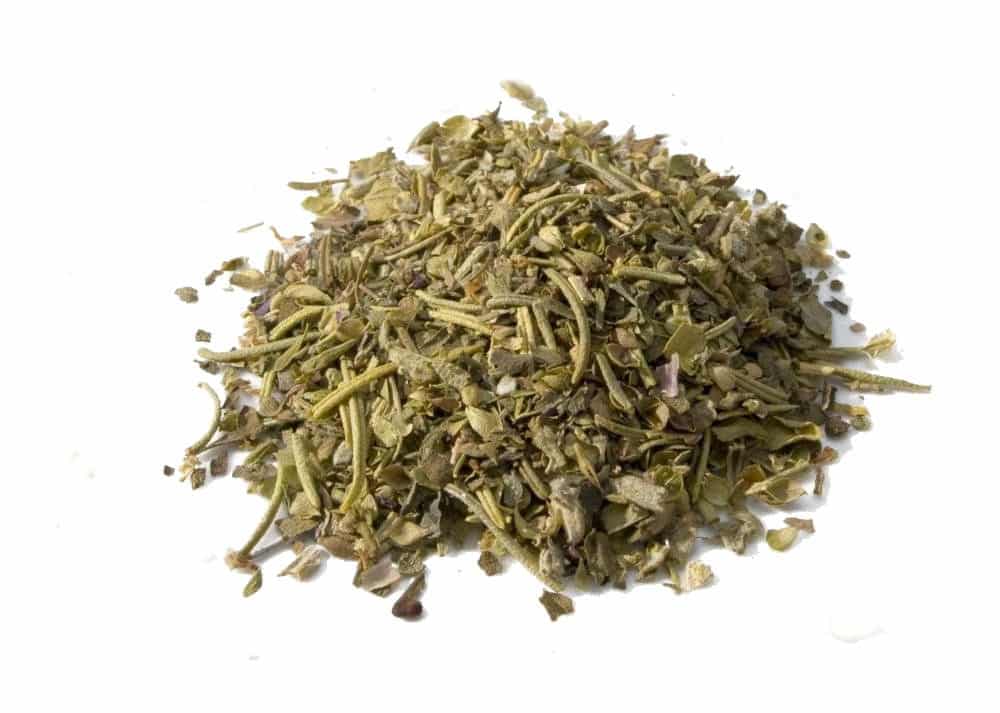
For the treatment is being used the whole surface area of the: collects the flowers after the full opening, dries outdoor. The herb has an ancient history in folc medicine as a means of stimulating digestion, healing intestinal atonia and stomach spasm.
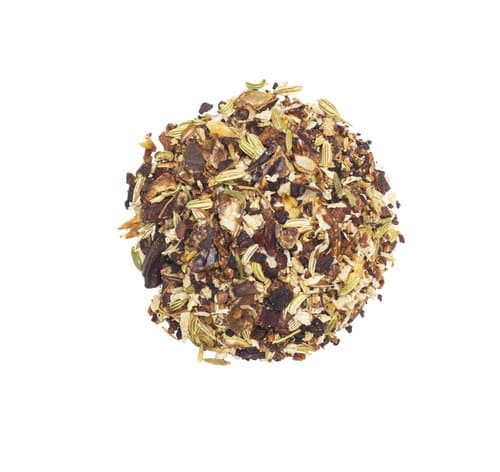
Chicory is known from the ancient times. Armenian medician Mkhitar Heratsi in his "Thermal Consolation" book has presented prescriptions wiyh chicory on healing for anemia, jaundice and swelling. Chicory helps to heal diabetes, stomach pain, liver, spleen, blood and kidney disease.
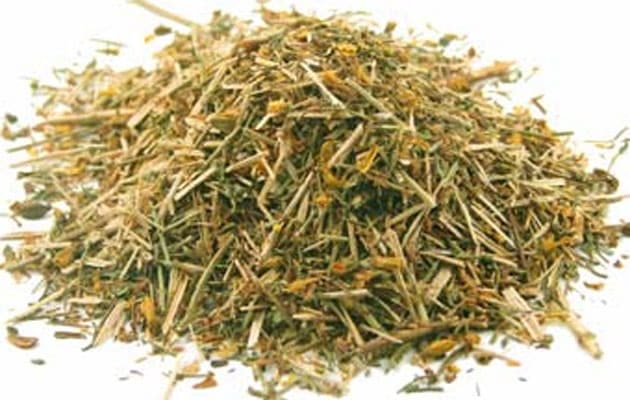
The herb contains glycosides, azulene, etheric oils, carotene, etc. For use cut all parts of the surface. The Hipericum is used in diseases of the liver and gallbladder.
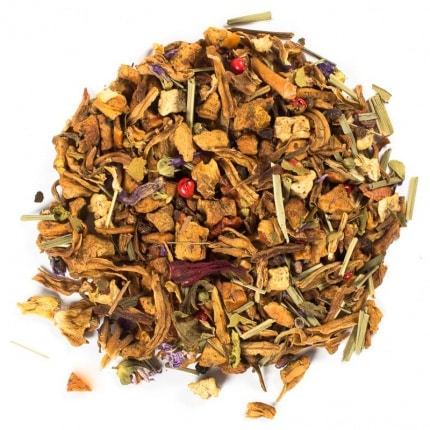
Quince was considered a symbol of love, beauty, fertility and family warmth. The juice from the Quince flowers can improve the vision of eye by dropping it in the eye.
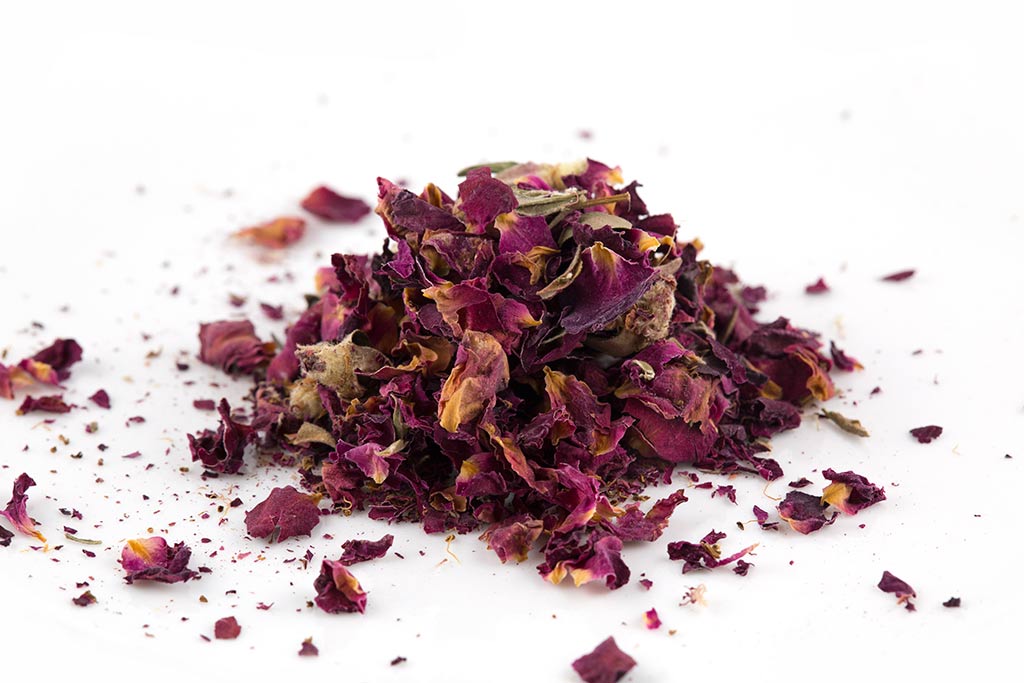
Rose is valued not only for beauty and perfume, but also for great healing properties. Rose's sheets are rich in vitamins and essential oils that have calming, bacterial, anti-inflammatory, wound healing and antiseptic properties.
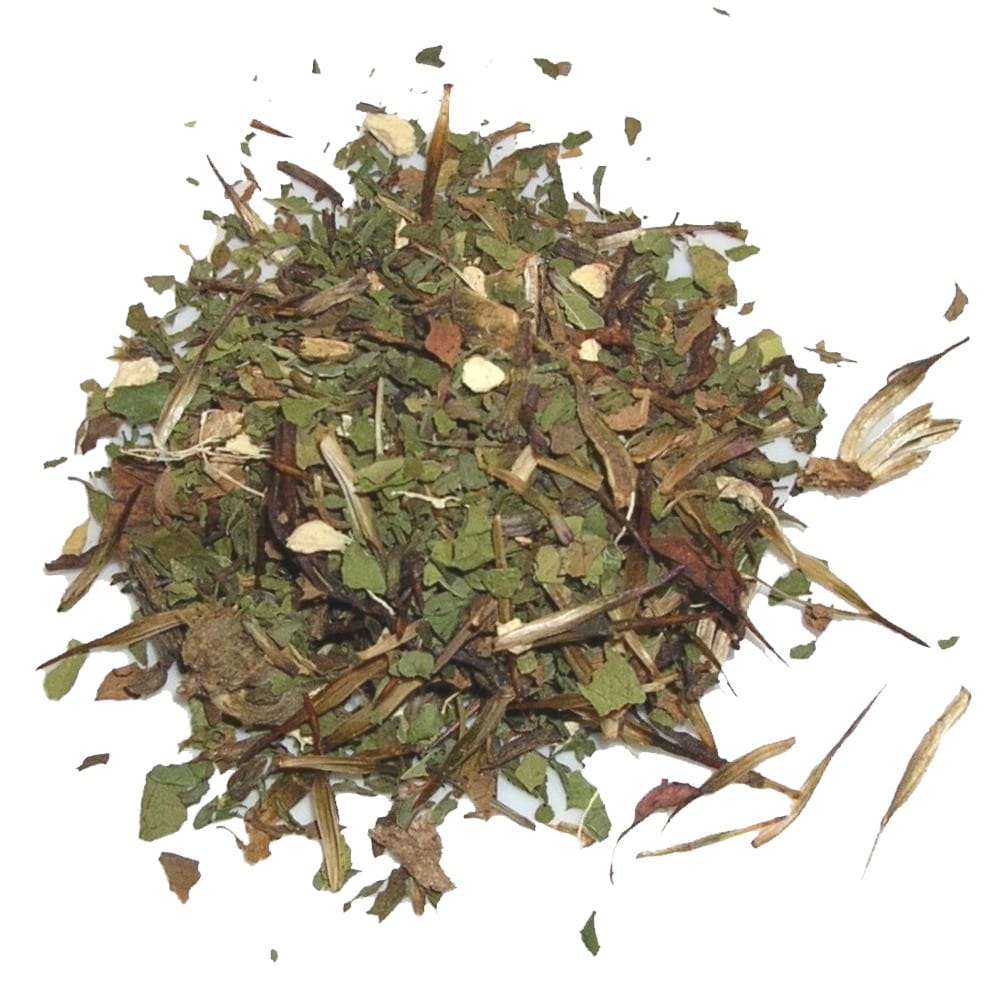
Perennial plant with a multi-branch stem, the flowers are light yellow, growing in the mountain belt. It is effective in diseases of cardiovascular and respiratory organs.